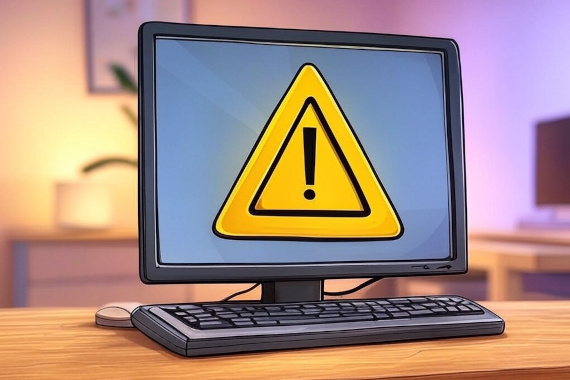
Threat Intelligence Management
Dark Web Monitoring Threat Intelligence Best Practices
What is Threat Intelligence Management? Threat intelligence management enables companies to understand their threat …

Wondering what the most common root causes are for corporate data breaches?
Want to know the most effective steps when responding to a breach?
No company is immune to the risk of having its sensitive information compromised.
Understanding what a data breach is, how they happen, and how to respond effectively is crucial knowledge that every organization must have.
In this post, we’ll explore the anatomy of a data breach, examine the most common attack vectors, and outline the essential steps organizations must take when responding to a breach.
A data breach occurs when sensitive information is accessed by unauthorized individuals.
There are a number of ways data breaches happen, including stolen credentials, social engineering, and attackers exploiting software vulnerabilities.
Attackers often focus on accessing personal data (like Social Security numbers, birth dates, and healthcare data), financial information (like credit card numbers and bank account details), and business data (like intellectual property, customer records, and financial data).
Now that we understand what constitutes a data breach, let’s discuss the various ways they happen.
While there are a large number of potential causes, we’ll cover the most common.
According to Verizon, stolen credentials are involved in 86% of all data breaches.
Attackers focus on these because this allows them to essentially walk straight through the front door.
With valid credentials, malicious users can simply log in and gain unauthorized access to their target.
Stolen credentials are often sourced from infostealer malware, third-party breaches, and combo lists.
Social engineering is another common technique used to steal credentials.
The most common example of social engineering is phishing attacks.
This is when an attacker sends a message or email to trick employees into revealing sensitive data, like their credentials.
Technical vulnerabilities are another common method used by attackers to gain unauthorized access.
Examples include SQL Injection, unpatched software, or misconfigured security settings.
Sometimes, these vulnerabilities exist in third-party vendors or cloud services, leading to supply chain attacks where malicious users breach one system to gain access to many connected organizations.
Another common issue is insider threats.
These include both malicious employees who deliberately steal data as well as negligent staff who accidentally expose sensitive information.
Sometimes, breaches occur simply through human error, such as sending sensitive information to the wrong email address or accidentally making private data publicly accessible on cloud storage.
Finally, physical breaches shouldn’t be overlooked either.
These include lost or stolen devices, hardware not disposed of properly, and unauthorized access to facilities.
Understanding how breaches occur is important, but equally important is knowing how to respond when one happens.
Let’s cover what needs to be done, when, and by whom.
Here’s a comprehensive checklist for companies responding to a data breach:
Data breaches are one of the most significant threats facing organizations today.
While the impact of a breach can be severe, having a response plan in place and understanding common attack vectors can significantly reduce both the likelihood and impact of an incident.
The key to effective breach response lies in preparation, speed, and thoroughness.
Organizations must be ready to act across multiple fronts simultaneously.
This includes technical containment, forensics, legal / compliance, and customer communication.
Remember that how you handle a breach can often be just as important as preventing one in the first place.

Dark Web Monitoring Threat Intelligence Best Practices
What is Threat Intelligence Management? Threat intelligence management enables companies to understand their threat …

Dark Web Monitoring Threat Intelligence Best Practices
What is a Cyber Threat Monitoring Tool? A cyber threat monitoring tool alerts security teams to potential threats before …